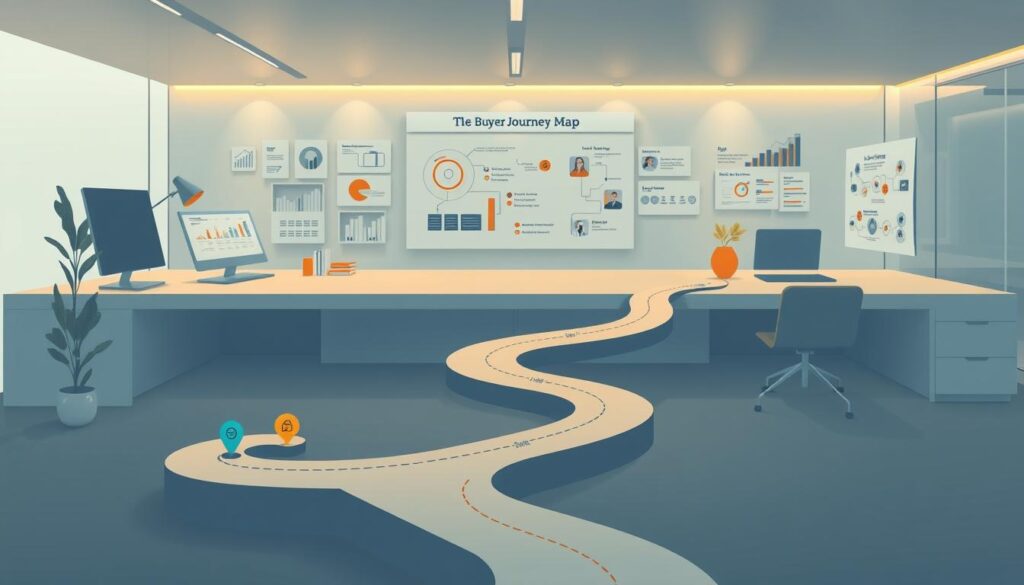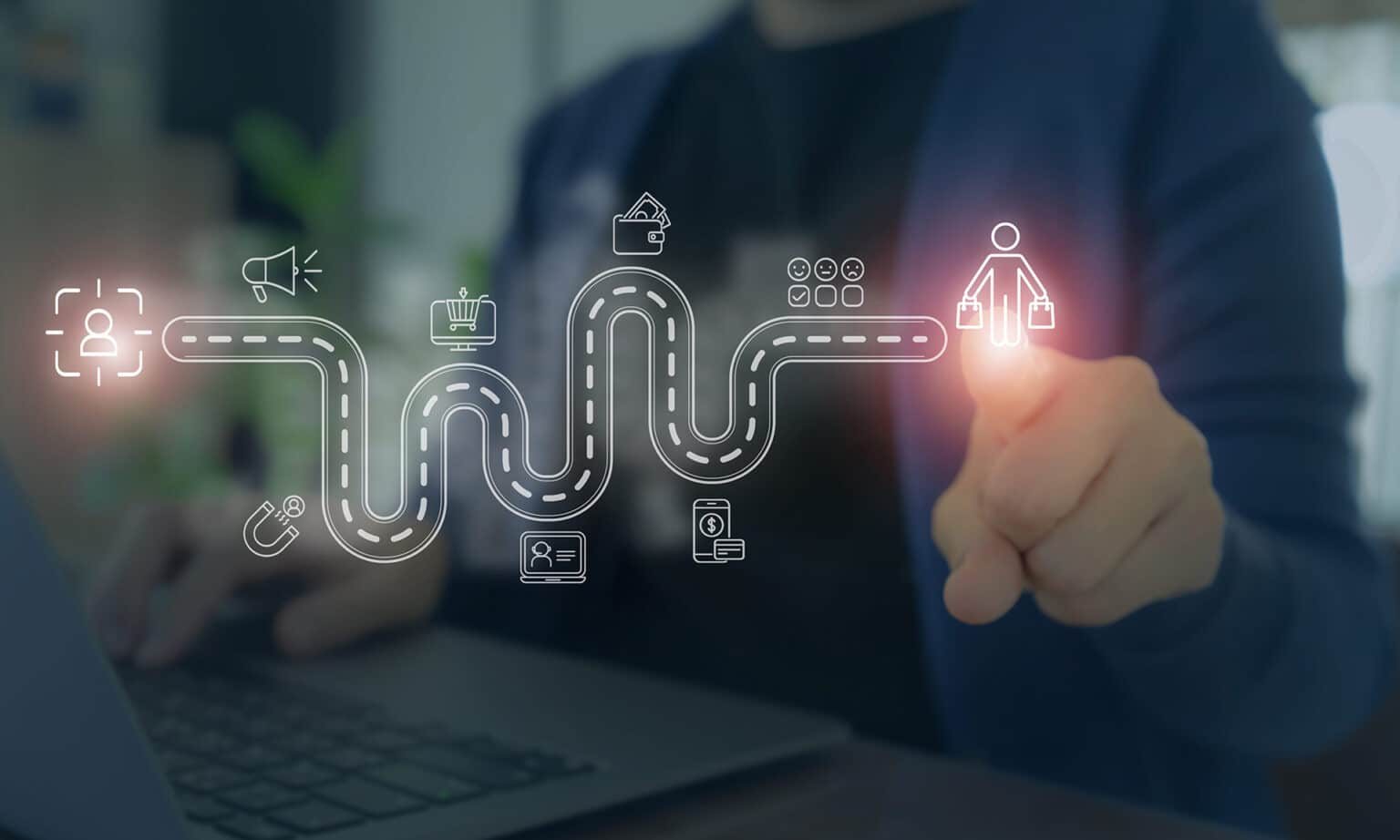What is a buyer journey map?
A buyer journey map is a visual representation of the various stages a potential customer goes through before deciding on a product or service.
It shows the customer’s needs, questions, and challenges at each stage—and how a company can support them.
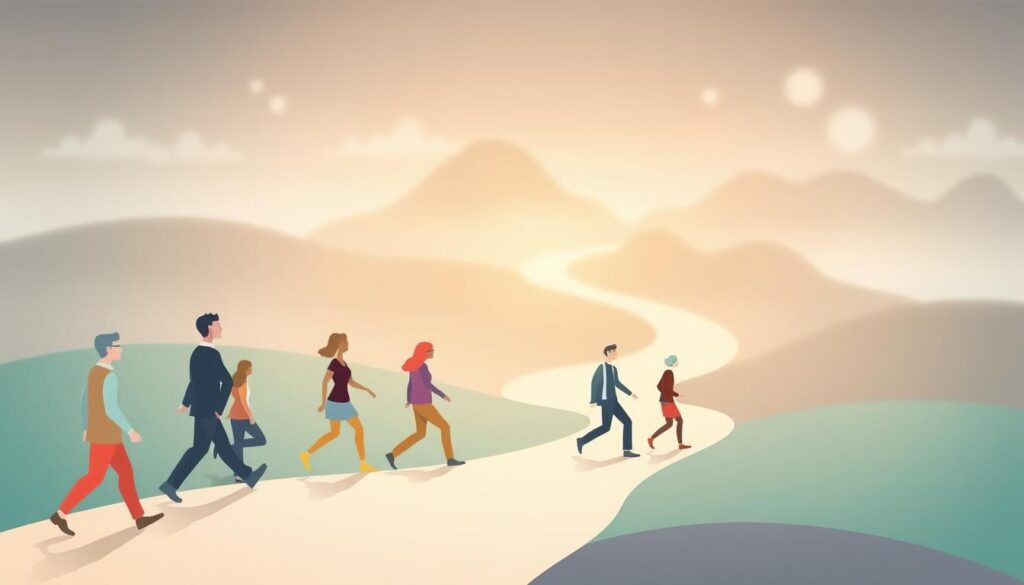
Typically, the buyer journey is divided into three main phases:
- Awareness
The customer recognizes a problem or need but is not yet looking for specific solutions.
The goal in this phase is to attract attention and provide guidance. - Consideration
The customer has recognized their problem and begins to actively search for solutions. They compare offers, research, and weigh their options.
Providing informative, solution-oriented content is crucial here. - Decision
The customer is ready to make a decision.
Now, trust, clear advantages, and a compelling call to action are what count.
Why is a buyer journey map important?
Without a buyer journey map, many companies communicate “blindly.”
They send messages without knowing whether they fit the customer’s current thought process.
A well-developed journey map helps to:
- Create targeted content,
- Enable personalized communication,
- Better align marketing and sales teams,
- And ultimately increase the conversion rate.
How do you create a buyer journey map?
Step 1: Define your target audience
Who is your ideal customer?
Develop personas with real characteristics, goals, and challenges.
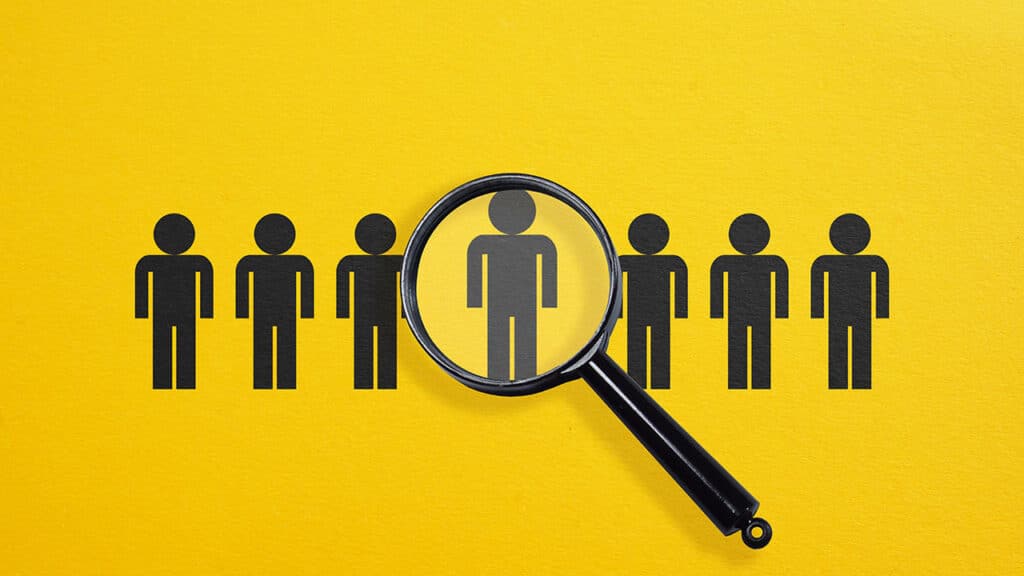
Step 2: Analyze customer touchpoints
What are the points of contact – website, social media, emails, events?
Step 3: Record questions and emotions
What does the customer think, feel, and ask themselves at each stage?
Step 4: Assign content and measures
What content (e.g., blog posts, webinars, demos) fits which stage?
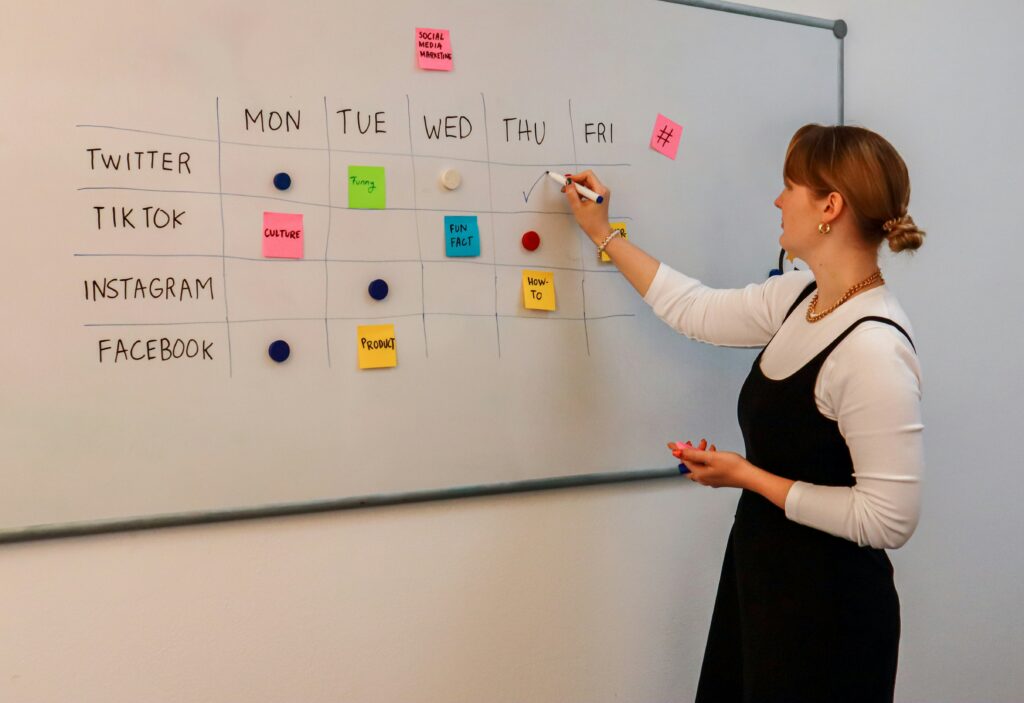
Step 5: Critically evaluate and optimize
Regularly check whether the journey map still matches current customer expectations.
Want to learn more about the buyer journey?
Conclusion: The buyer journey map turns marketing into a compass
The buyer journey map is not a rigid document, but a living compass that shows you where your customers are right now—and how you can accompany them.
When you understand their journey, you can do more than just sell: you build trust, deliver real added value, and gain customers who are happy to come back.
And that is ultimately the goal: not just to attract attention, but to build genuine relationships.

